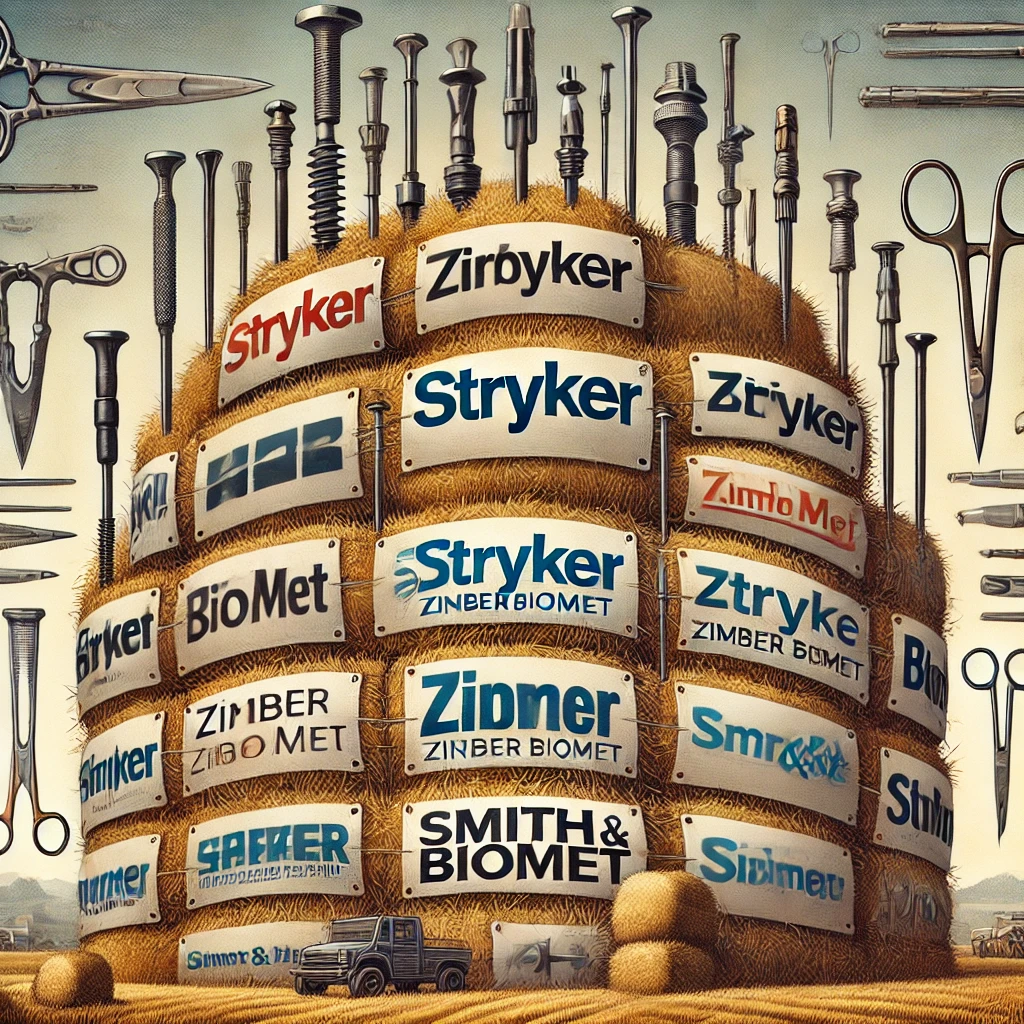Table Of Contents
Introduction
In the world of orthopedic surgery, tibial nails play a vital role in helping patients recover from fractures and other bone injuries. These nails are essential medical devices that stabilize the tibia (shinbone) during the healing process. With advancements in manufacturing techniques, the concept of haystacking has become increasingly important for producing high-quality tibial nails efficiently.
In this article, we will explore the leading companies involved in manufacturing tibial nails using haystacking techniques. We will also discuss the benefits of this approach, the role of technology in production, and how these innovations are improving patient outcomes.
Understanding Tibial Nails Haystacking
What Does Haystacking Mean in Medical Device Manufacturing?
The term “haystacking” refers to a manufacturing technique that involves optimizing the production process to create more consistent and reliable products. In the context of tibial nails, haystacking ensures that each nail produced meets high standards of quality, durability, and precision.
How Haystacking Improves Tibial Nail Production
By applying haystacking methods, manufacturers can reduce production time, minimize waste, and enhance the overall quality of tibial nails. This approach allows companies to produce large quantities of medical devices while maintaining consistency and meeting stringent regulatory standards.
Leading Companies in Tibial Nail Manufacturing
Overview of the Tibial Nail Market
The market for tibial nails is highly competitive, with several key players leading the way in innovation and production. These companies invest heavily in research and development to create cutting-edge products that improve patient outcomes.
Key Players in the Industry
Company 1: Stryker Corporation
History and Overview:
Stryker is one of the largest medical technology companies globally. Founded in 1941, the company is known for its innovative solutions in orthopedics.
Tibial Nail Products:
Stryker offers a range of tibial nails designed to meet the needs of various patients and surgical procedures. Their products are known for their durability and precision.
Contribution to Haystacking Techniques:
Stryker has been at the forefront of applying haystacking methods to improve the consistency and quality of their tibial nails.
Company 2: DePuy Synthes (A Johnson & Johnson Company)
History and Overview:
DePuy Synthes is a subsidiary of Johnson & Johnson, specializing in orthopedic devices.
Tibial Nail Product Range:
The company offers a wide array of tibial nails designed for different types of fractures.
Innovation in Haystacking:
DePuy Synthes has implemented advanced haystacking techniques to streamline their manufacturing process and improve product quality.
Company 3: Zimmer Biomet
Company Profile:
Zimmer Biomet is a leader in musculoskeletal healthcare, offering a wide range of orthopedic products.
Tibial Nail Products:
Their tibial nails are known for their innovative designs and ease of use during surgeries.
Role in Haystacking Process:
Zimmer Biomet uses haystacking techniques to ensure their products meet high quality standards.
Company 4: Smith & Nephew
Company Background:
Smith & Nephew is a global medical technology company known for its advanced orthopedic solutions.
Tibial Nail Innovations:
Their tibial nails incorporate the latest technologies to improve patient outcomes.
Emphasis on Haystacking Efficiency:
The company uses haystacking to optimize their production process and maintain product consistency.
Company 5: Medtronic
Company History:
Medtronic is one of the world’s largest medical device companies, with a focus on innovation.
Tibial Nail Offerings:
Their tibial nails are highly regarded for their strength and reliability.
Advances in Haystacking Methods:
Medtronic employs advanced haystacking techniques to ensure their products meet regulatory requirements and patient needs.
Conclusion
Tibial nails are essential medical devices in orthopedic surgery, and the haystacking approach in manufacturing ensures high-quality, reliable products. Leading companies such as Stryker, DePuy Synthes, Zimmer Biomet, Smith & Nephew, and Medtronic are at the forefront of innovation, using haystacking to improve production efficiency and patient outcomes. As technology continues to advance, the future of tibial nail manufacturing looks promising, with new trends and techniques emerging to benefit both surgeons and patients.
FAQs
- What is the purpose of tibial nails?
Tibial nails are used in orthopedic surgery to stabilize the tibia after a fracture, helping the bone heal properly. - Which company is leading in tibial nail manufacturing?
Several companies, including Stryker, DePuy Synthes, and Zimmer Biomet, are leaders in the tibial nail market. - What does haystacking mean in the context of tibial nails?
Haystacking refers to optimizing the production process to create consistent and high-quality tibial nails. - How does haystacking improve tibial nail production?
Haystacking reduces waste, improves consistency, and enhances the overall quality of tibial nails.
